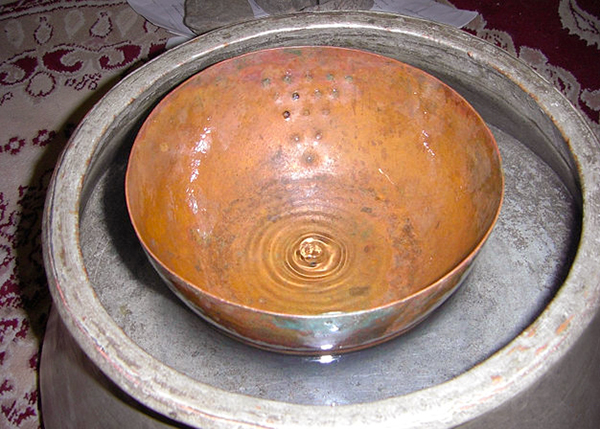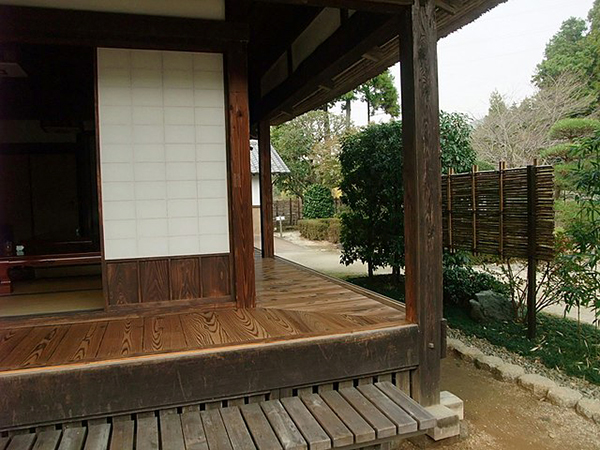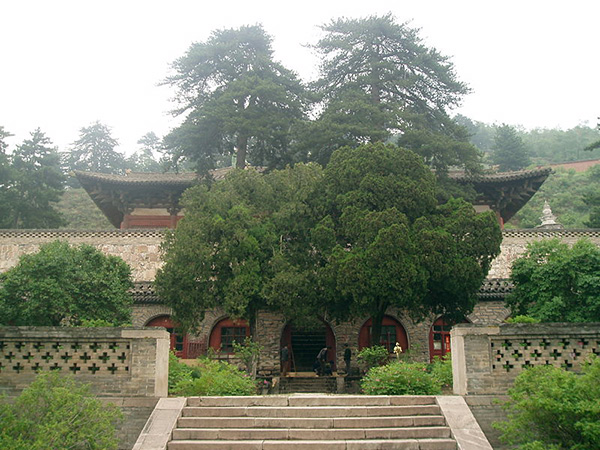 The tunnel through the kitchen annex—a long, straight shot toward the outdoors—flared with fresh torches in the brackets. The banging of pots, cooks’ yells, and savory aromas boiled from the two open doorways—one on each side—as Gael steered Hew forward.
The tunnel through the kitchen annex—a long, straight shot toward the outdoors—flared with fresh torches in the brackets. The banging of pots, cooks’ yells, and savory aromas boiled from the two open doorways—one on each side—as Gael steered Hew forward.
Then they were outside.
The golden evening light glowed through the grass strands of the upper yard like green flame. The still air felt soft and clear, and the sunshine fell warm on Gael’s shoulders. He turned his face up to the sky, blue and cloudless—a benison forgotten indoors.
Gael’s sense of oppression—the worrisome implications of a thief in the forges, his wariness about the cursed gong—lifted.
Hew stumbled.
Gael twitched his gaze back to their footing.
No, Hew hadn’t stepped off the edge of the gentle ramp that led from the annex door down to the yard. He’d been looking up, like Gael, and simply tripped on his own ankle.
Gael steadied the boy onto the cobblestone walkway that skirted the grass, passing along the flint-and-mortar fronts of the artisan workshops—woodcarvers, leather workers, the feltery, the armorers’ lodge. The smellier offices were relegated to the bailey, so the yard air smelled sweet, of grass pollen and warm earth.
Gael looked out over a retaining wall to the lower yard. A messenger dashed from the doorway of the scalding house toward the stone steps to the upper yard. Both upper and lower yards would soon throng with trolls at their leisure before the evening feast, but not quite yet. Most of the artisans were still finishing their day’s work inside.
An inner curtain wall bounded the lower yard. Beyond it, the bailey spread out across the hill, sloping down toward the west and the forest beyond the outer curtain wall. Faint baaing drifted from the flock of goats grazing near the gate. Nearer sounded the shouted orders of opteons drilling several decani of warriors.
Hew’s steps slowed, and Gael slowed with him. The illusion of peace was beguiling.
Gael pondered how easily, how naturally he’d just performed magery. Without a second thought. Had he not made a personal vow never to do so again? Had he not sworn to Lord Carbraes that he would eschew magery, as did every other troll of Belzetarn, save the healers? Did he not fear the performance of magery in the matter of the evil gong?
And yet, the instant a boy’s pain confronted him, he forgot all that. He’d drawn energea through his nodes as smoothly as when he’d been magus to Heiroc. And the energea had been safe—blue—not dangerous. It had felt soothing.
Was Carbraes correct in believing that manipulation of energea advanced troll-disease? Or did the troll-disease of Belzetarn’s magus, Nathiar, worsen more rapidly because he dabbled in the dangerous energea—scorching orange? Did he so dabble? Gael didn’t know, even though he might suspect.
Not that it mattered.
Despite his lapse, despite how satisfying it had felt, he had no intention of returning to magery. Unless rendering the gong harmless required it. And—if it did—he would perform only enough to get the job done.
Three shallow steps led up to the hospital portico. Gael guided Hew up them and through the heavy, brass-bound door to the interior.
Two notaries sat at a large table in the entrance foyer, one flipping through a stack of parchments, the other copying notes onto a blank sheet. Always there were records in Belzetarn—in the forges, in the kitchens, everywhere. Gael approved, although he knew many complained.
Unlike the chambers within the tower, those of the hospital possessed large, glass-paned windows and were flooded with light. The smooth wood floors gleamed with polish. Gael might have been jealous of their spacious quality did he not crave the security of his tally chamber. But he did crave it. And he had no desire to exchange tallying for healing.
The notary sorting the stack of parchments looked up as Gael and Hew came through the front door. He wasted no time, getting up immediately and walking around the table to approach them, studying Hew’s sling.
“Broken? Sprained?” he asked.
“Burned,” Gael answered. “Badly. I risked an energea lavage, else he’d be screaming yet, and unable to walk.”
The notary’s eyebrows rose. “Indeed! This way, please.” He ushered them along a short hallway and into an examining room. “I’ll get a medicus right away.”
Hew made a beeline for the tray of alarming tools resting on a sideboard, his eyes staring and his jaw dropping. “Uh! Uh! Uh!”
“They won’t use those on you,” Gael reassured him, then towed him away to a chair set before a window onto the courtyard garden at the heart of the hospital. He had the boy sit facing the outdoors, looking at four neat squares of herbs and flowers centered on a sundial and bounded by a colonnade. A scullion gathered leaves from a low-growing plant, while bees hummed in the taller blooms behind him.
At the sound of footsteps in the hallway, Gael turned.
Next scene:
The Tally Master, Chapter 4 (scene 19)
Previous scene:
The Tally Master, Chapter 4 (scene 17)
Need the beginning?
The Tally Master, Chapter 1 (scene 1)



























